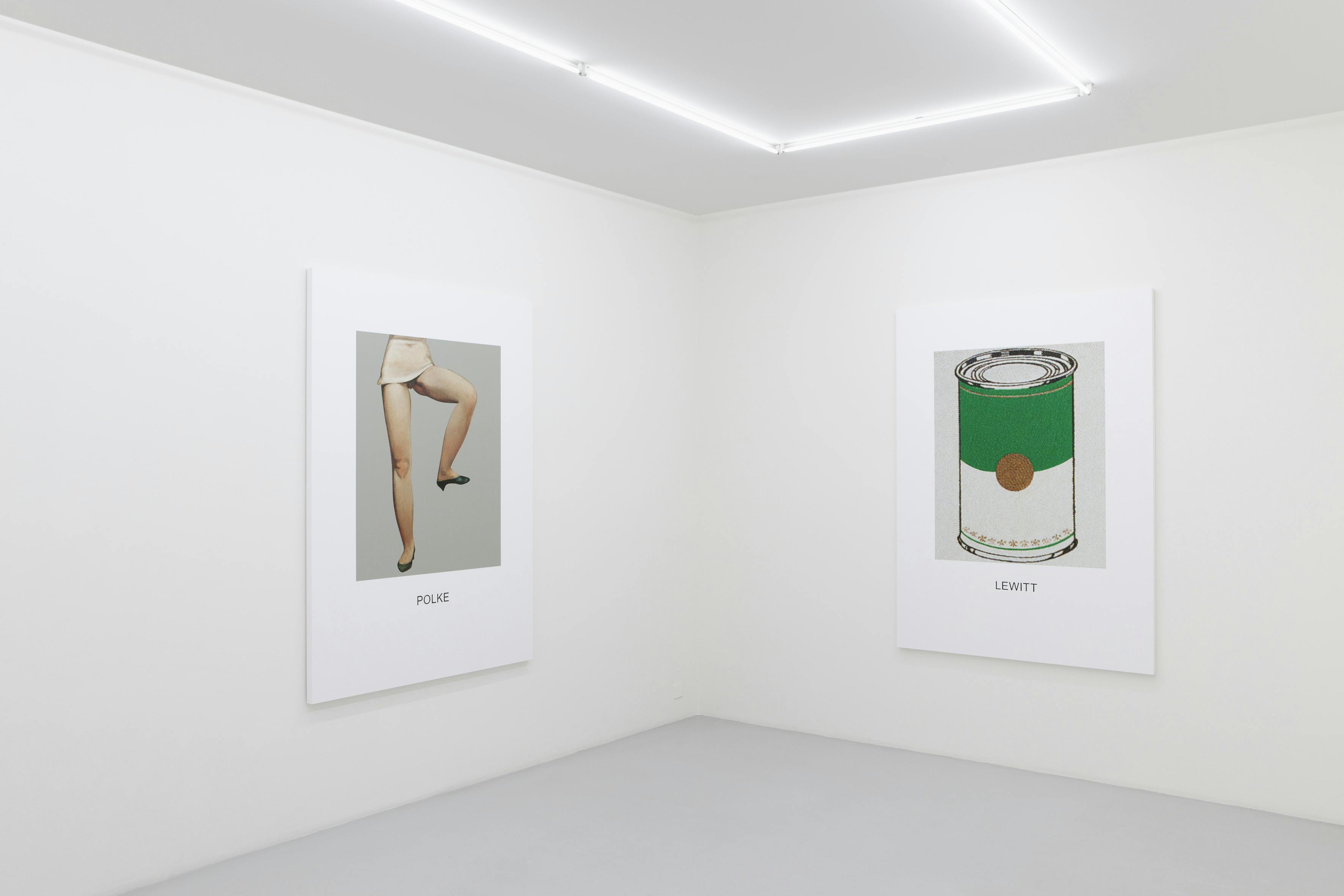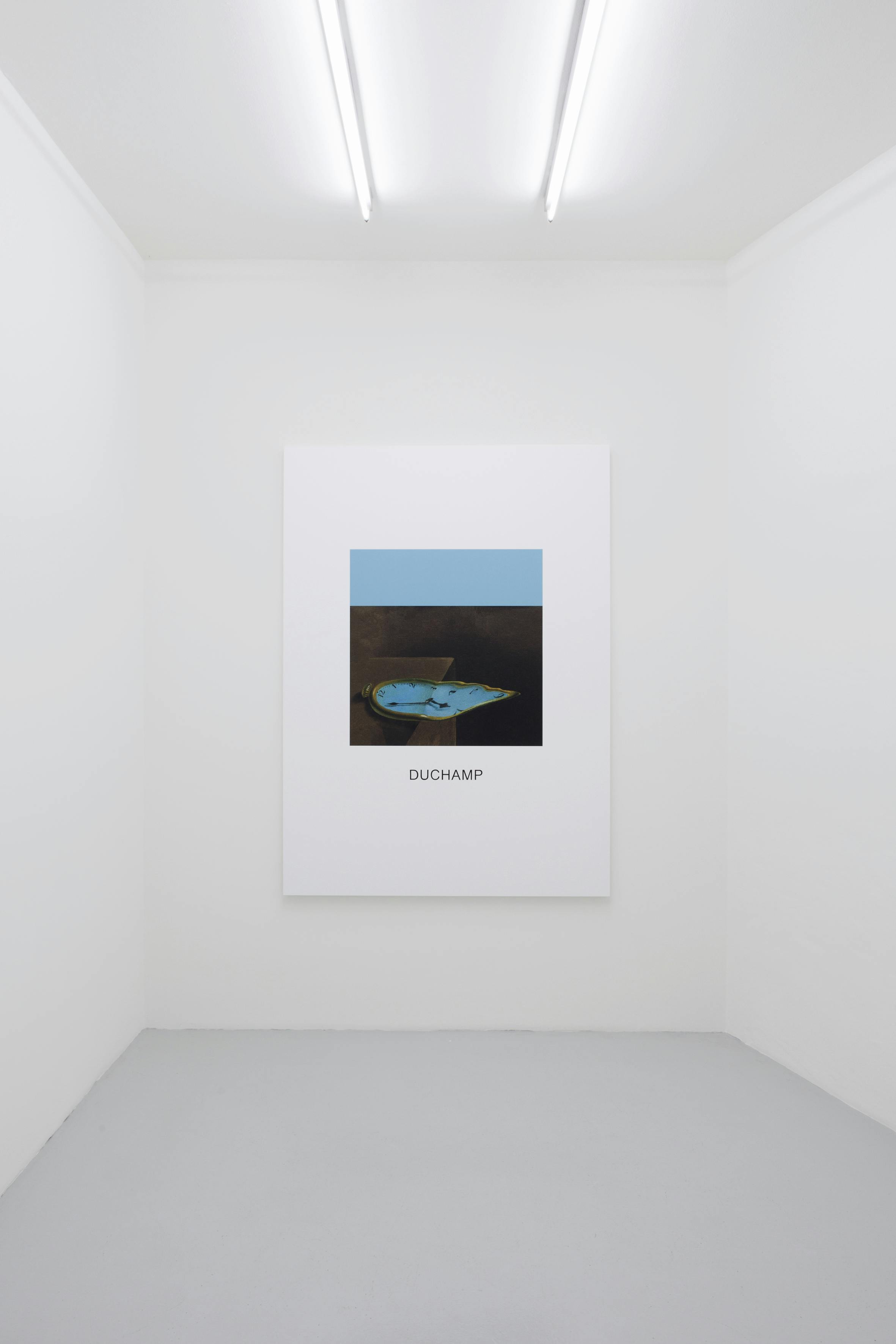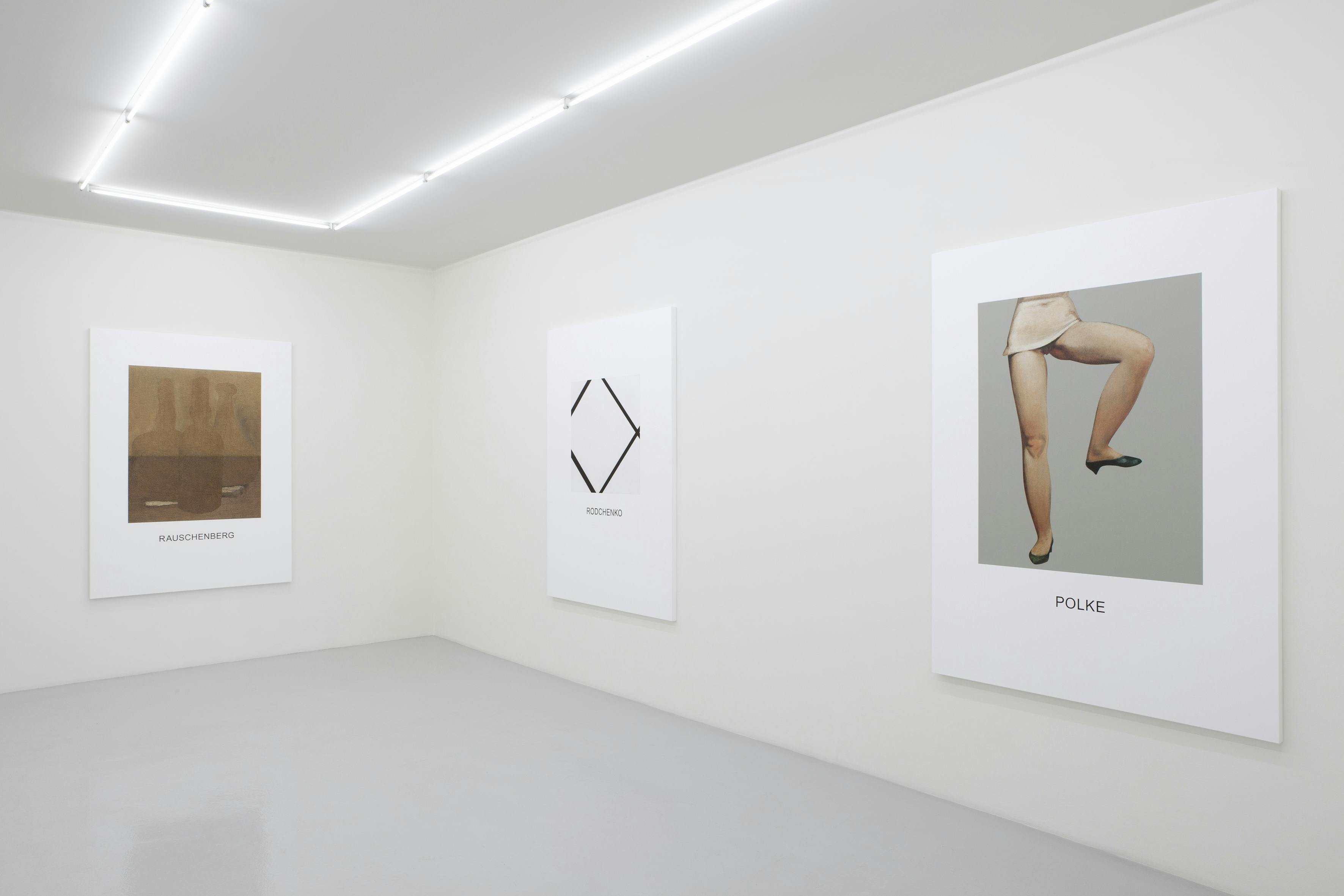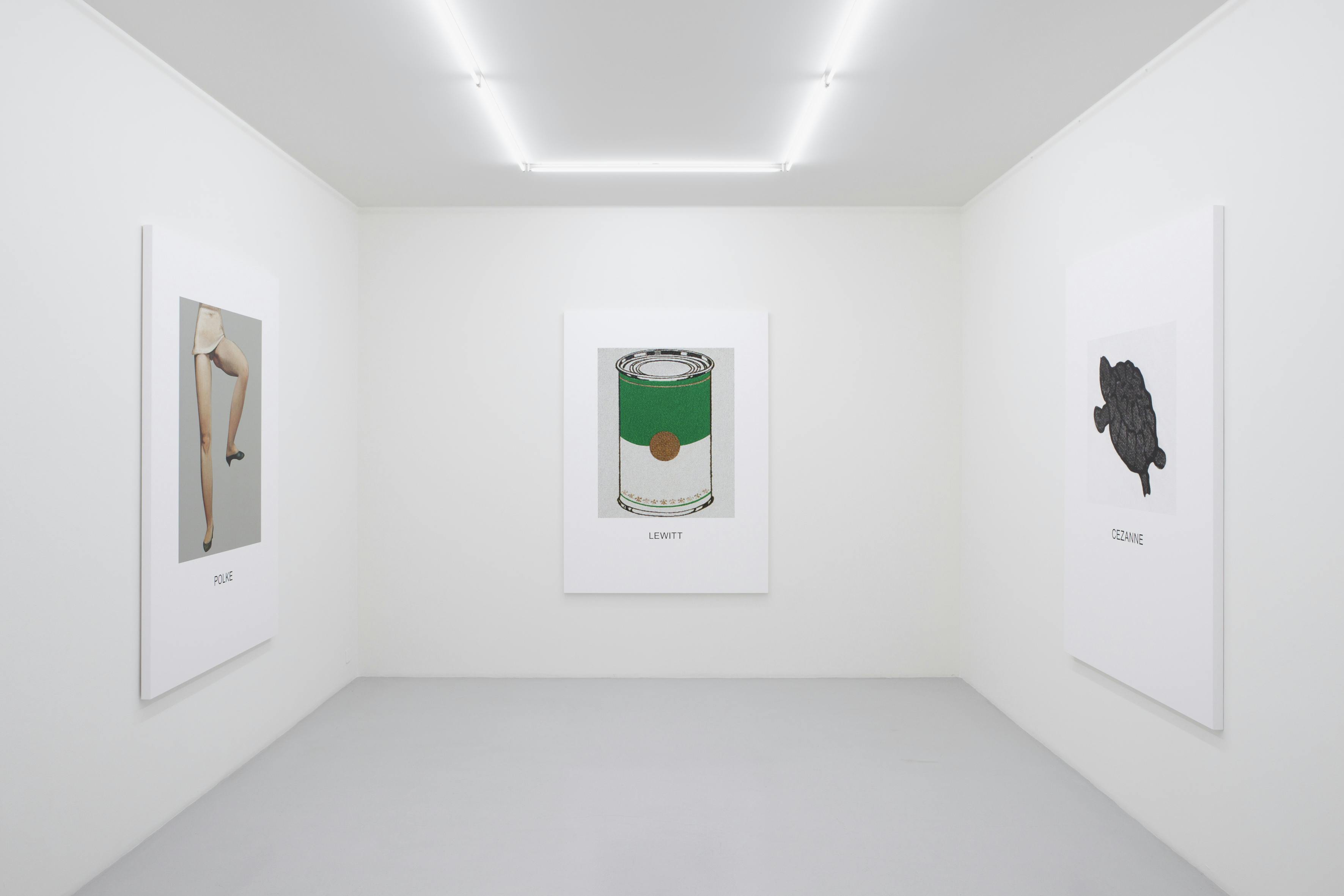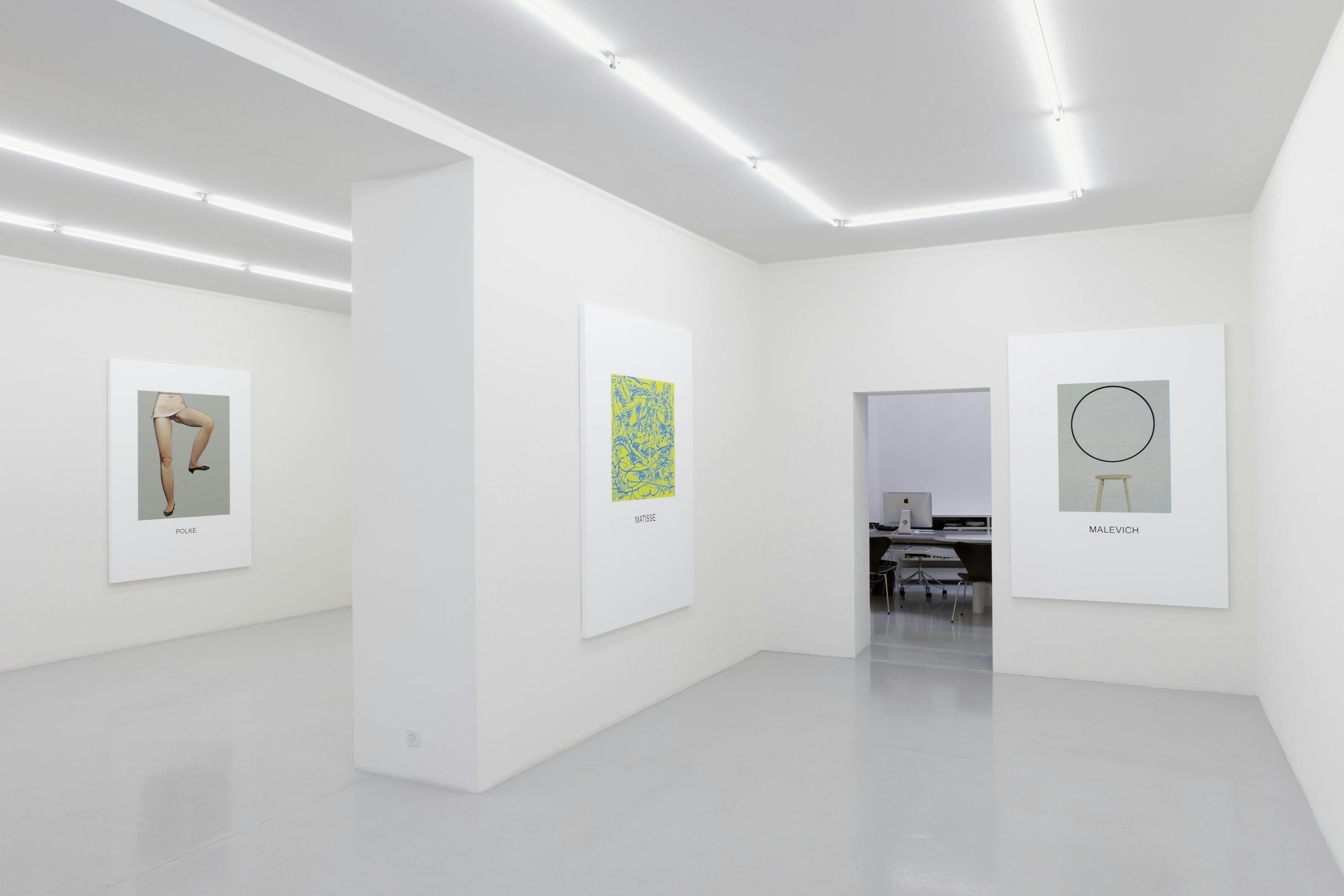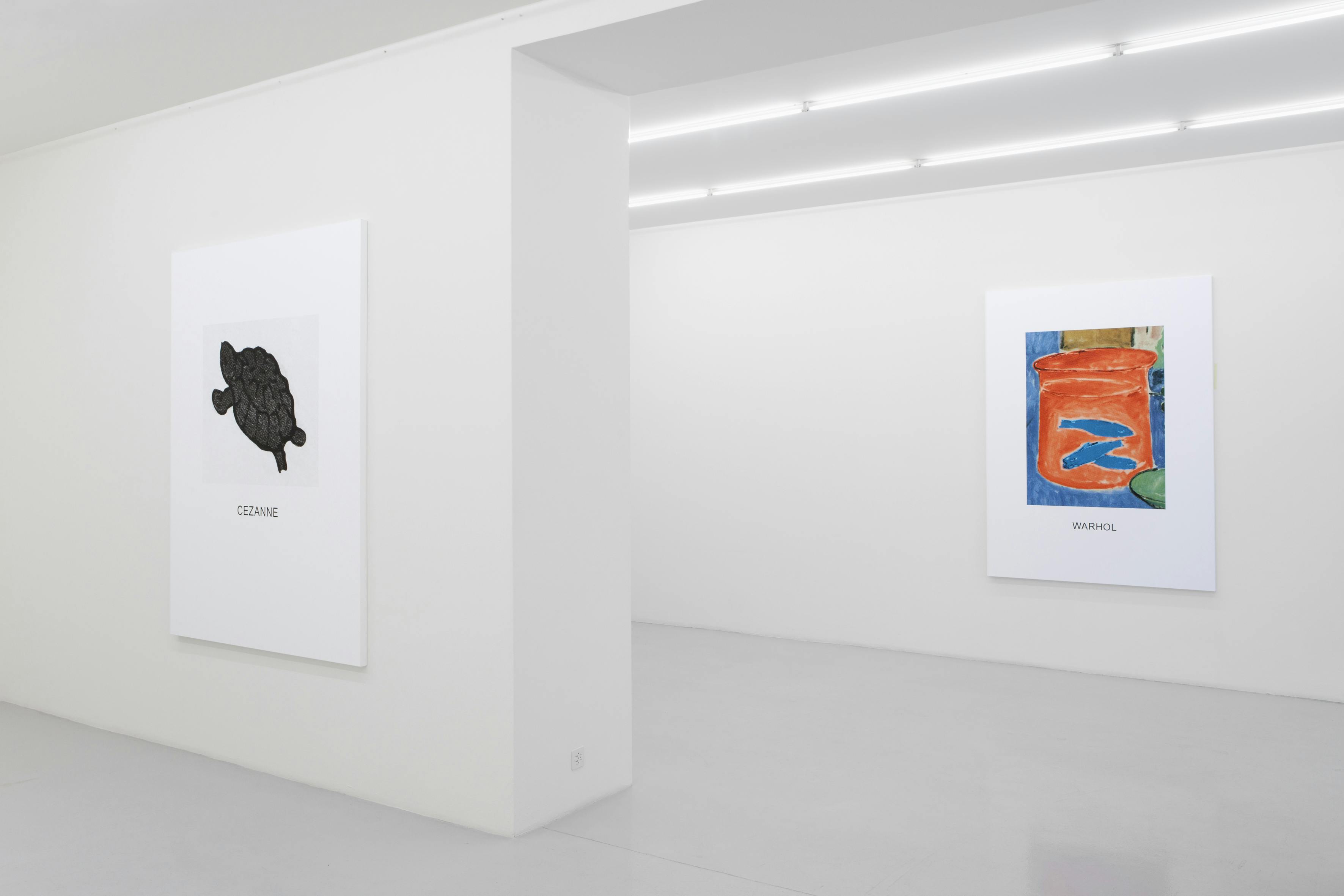We are pleased to announce our next exhibition presenting a new body of work by John Baldessari. The artist lives and works in Santa Monica, California. One of the world's most important icons of conceptual art, Baldessari is celebrating his eightieth birthday with this exhibition. His work has influenced generations of artists, including Cindy Sherman, David Salle, and Barbara Kruger. His photographs and text collages, as well as thecharacteristic use of dots, have left their mark on the development of postmodernism. Baldessari's works are seen regularly worldwide. A major retrospective, "Pure Beauty", opened in 2009 at London’s Tate Modern with subsequent stops at the Los Angeles County Museum in 2010 and the Metropolitan Museum of Art, New York, 2010/11. Mai 36 Galerie has represented the artist for over twenty years.
John Baldessari made a name for himself at the end of the sixties with photographic works into which he integrated images and textsfrom advertising and film. Ten years laterhe started producing conceptual videos devoted to studies in perception, meaning and interpretation, and thriving on dry, absurd humour. Baldessari has a vast archive of film stills, photographs, clippings and postcards. These are an endless source of surprising new insights created by cutting up selected pictures, pasting and painting over them, rearranging them and making collages. The scenes in these works invariably evoke disconcerting associations and a wide spectrum of meanings. By undermining our expectations, Baldessari uncovers astonishing perceptual potential and compels viewers to take a more critical approach to the imagery of the mass media.
In addition, the artist estranges visual icons of art history and gives them false attributions. Thus Henri Matisse’s still life Goldfish and Sculpture of 1911 is authored by Warhol. Baldessari has zoomed in on the glass bowl standing on the table, where the three red fish of the original have been painted blue. Marcel Duchamp's famed ready-made, Bicycle Wheel of 1913, is ascribed to Malevich. It focuses on the wheel itself, which has neither spokes nor a fork, so that the black circle seems to be floating above the stool. Similarly, Piet Mondrians composition – apparently a Rodchenko – shows only a diagonally inscribed, cropped square outlined in black. Baldessari's version of the melting clock in Salvador Dali‘s Persistence of Memory, 1931 – after Duchamp – is pictured in horizontal distortion against a reduced background. By wresting iconic motifs from their traditional context, subjecting them to radical intervention and placing them in an unusual perspective, Baldessari effectively alters their meaning, while still allowing viewers to identify formal similarities between the originals and his versions. At the same time, through the gesture of reducing the compositions to their essentials in ironic allusion to "less is more", Baldessari expresses his sceptical view of the art historical canon. [Text: Dominique von Burg]






